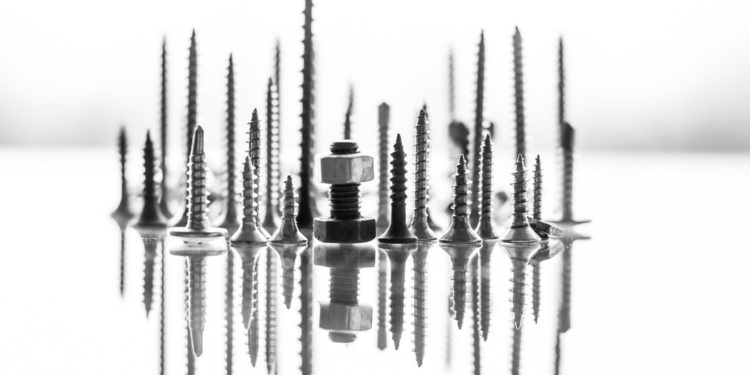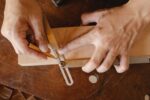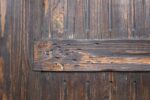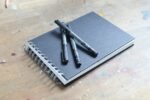How to Cut Screws with a Drill | UK Guide | 2023

Drilling Through Screws
Damaged screws can be difficult to remove from materials with conventional screwdrivers and power screwdrivers. Some of the most common types of damage include worn out heads, meaning typical screwdriver attachments can not be used to rotate a screw out of its place. Sometimes, screws may have become bent after being driven into materials, making them nigh on impossible to remove with a screwdriver.
You can sometimes saw through such screws to get rid of them, but it can be difficult to get up close to the material without damaging it with the teeth of your saw. Pulling screws from material with pliers is also not an option, as this can easily damage wood and other materials.
A power drill can be used as an effective tool for getting rid of damaged screws. However, you will need to ensure you are using a suitable drill bit. When drilling through screws, you will need to ensure you have a drill bit attached that is suitable for drilling through metal. It should also be of a large enough diameter that it will cause significant damage to the screw. Once you have picked a drill bit attachment that is suitable for the job, rest the end of the drill bit against the screw you are looking to cut through and press down on the speed trigger.
To begin with, keep the drill speed slow, before upping the speeds once you have gained traction and can begin pushing through the fastener material. As soon as the screw has been drilled through, release your finger from the pressure trigger to stop the rotating drill bit from causing any damage to nearby materials. If there is any screw left still embedded in your materials, you may be able to use a manual tool to get rid of remaining material.






